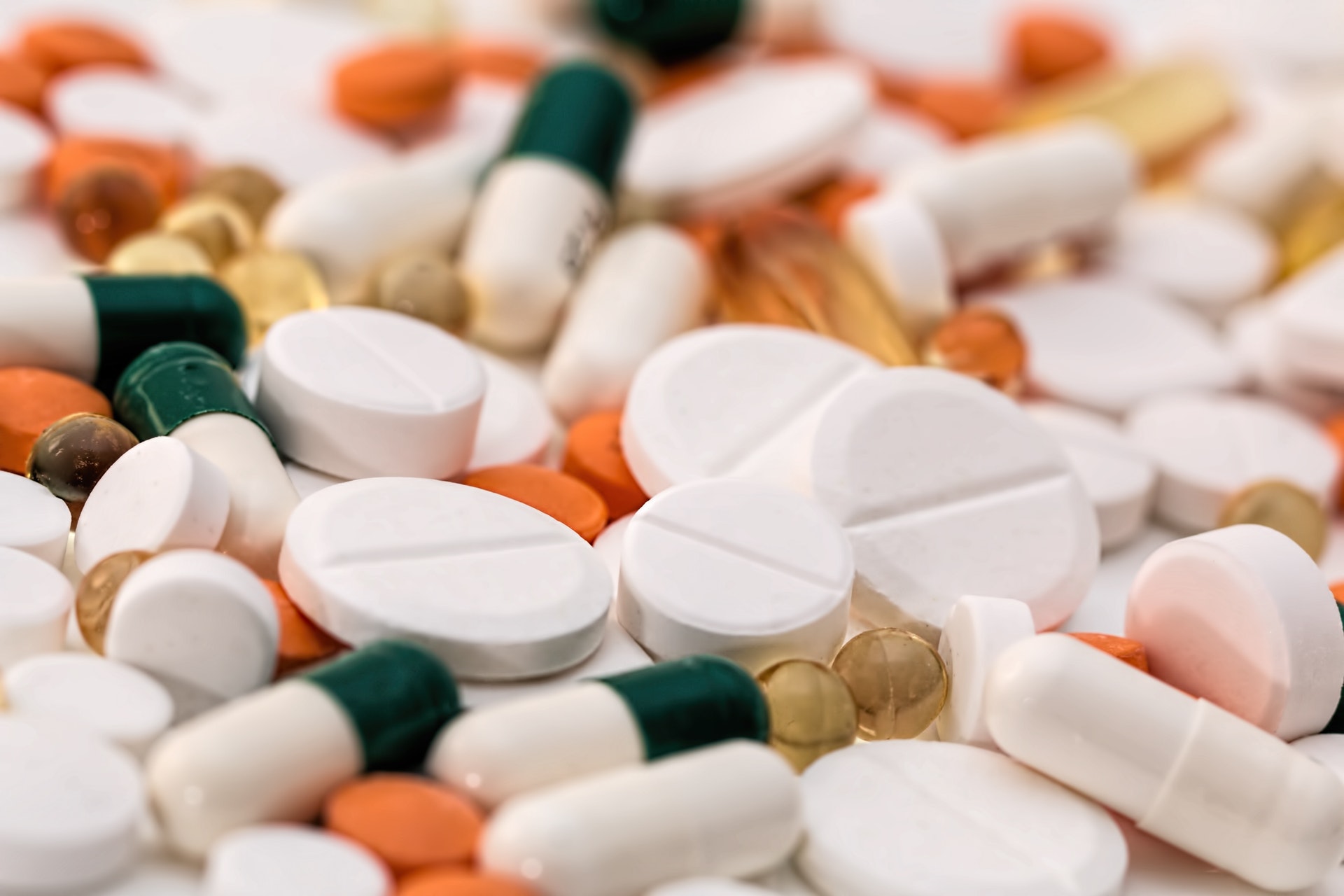Choosing a sterilization method is one of the most important steps in developing a medical device. At best, using an insufficient or inappropriate sterilization method can prevent your medical device from getting marketing clearance from regulatory bodies like the FDA; at worst, poor sterilization can lead to transmission of infectious diseases causing patient illness and even death.
In 2015, an outbreak of antibiotic-resistant bacterial infections was linked to reprocessed duodenoscopes used to access the small intestine in a number of procedures. The scopes – made by multiple medical device manufacturers – were found to have a design flaw that prevented them from being fully sterilized between procedures.
As a result, up to 400 people were infected with so-called superbugs, resulting in at least 35 deaths. The makers of the duodenoscopes faced lawsuits from patients and relatives affected by the outbreak, and the FDA issued a series of device recalls.
According to an article published in the LA Times, evidence suggests the device makers may have had prior knowledge of the design flaw which would allow these duodenoscopes to harbor infectious bacteria capable of withstanding recommended sterilization methods but failed to alert the FDA or hospitals where these devices were being used. While these devices were previously cleaned using high-level disinfection, new FDA guidelines recommend that hospitals opt for more robust forms of sterilization to eliminate microorganisms. If the sterilization methods used to reprocess these medical devices between procedures had been better-validated, it’s possible that this incident could have been avoided entirely.
Physical or Chemical Medical Device Sterilization
A number of both physical and chemical processes can be used to properly sterilize a medical device; however, steam sterilization, dry heat sterilization, chemical sterilization using gases like ethylene oxide, and radiation are among the most common. The choice of sterilization technique will depend on the material composition of the medical device, how it’s classified, and its intended use.
It’s also important to distinguish between sterilization and cleaning. Without first cleaning away any debris from surfaces, and in the case of gaseous sterilization thoroughly drying the surfaces, medical devices cannot be properly sterilized. In the case of disposable medical supplies such as syringes and scalpels, impurities deposited during the manufacturing process must be removed before the devices are packaged and sterilized.
This pre-sterilization cleaning process becomes even more important when it comes to reusable devices including the aforementioned duodenoscopes, other types of endoscopes and other surgical instruments such as clamps and forceps. The accumulation of blood, tissue and other contaminants significantly limits the ability of sterilization procedures to properly eliminate microorganisms, and most importantly pathogens, from these reprocessed devices and tools.
Packaging, transportation and storage conditions should also be considered when choosing a method of medical device sterilization. Products designed to be sterilized directly prior to being used on a patient will require less-stringent handling protocols in the supply chain. In contrast, those devices designed to arrive at the healthcare facility pre-sterilized should be packaged in such a way as to maintain that sterility while minimizing the device’s exposure to fluctuations in temperature, humidity and airborne particulates.
Steam Sterilization
Characterized by high temperatures and pressures, steam sterilization is most appropriate for devices composed of stable, heat-resistant materials such as steel. Reusable surgical tools are often steam sterilized in an autoclave to kill any microorganisms that may be present on the surface of the instruments, as well as bacterial spores, which can be resistant to other forms of disinfection.
Despite its ability to quickly sterilize equipment, steam sterilization is often not the decontamination method of choice for medical device manufacturers. While the steam sterilization process itself takes just three to 15 minutes, medical instruments must be allowed to cool and dry completely over the course of several hours before being used.*
What’s more, the build up of water droplets inside device components can impair their functioning and corrode materials that aren’t meant to come into contact with water. Of course, plastic and electronic components can also be damaged by exposure to steam, making this sterilization method unsuitable for most complex medical devices.
Dry Heat Sterilization
Dry heart sterilization takes longer than steam sterilization due to the inefficiencies of heating air with a very low moisture content. Compared to steam sterilization, which requires a temperature around 121 degrees Celsius to be maintained for approximately 30 minutes, dry heat sterilization requires higher temperatures of around 180 degrees Celsius to be effective at neutralizing biological contaminants and their spores.
For this reason, dry heat sterilization is most appropriate for medical devices which are heat resistant but susceptible to water damage which would make steam sterilization a poor choice. Hot air ovens are the most common setup for dry heat sterilization of tools composed of metal or glass. Vials containing biologic drugs such as vaccines are often sterilized using a dry heat method prior to filling to ensure they contain no microorganisms.
Ethylene Oxide Sterilization
Ethylene oxide sterilization is a chemical method that is popular among medical device manufacturers. Unlike steam sterilization and dry heat sterilization which require that the medical device be heat stable, a variety of materials – like plastics and electronic components – can be exposed to ethylene oxide gas without distorting the medical device’s form or ability to function.
As an alkaline agent, ethylene oxide gas reacts with DNA, proteins and enzymes to disrupt cell growth and division, thereby killing the microorganism. In addition to being able to penetrate small spaces inside medical devices, ethylene oxide can also be used to sterilize medical devices that have already been packaged in plastic.
However, this method of medical device sterilization does have its drawbacks; for one, ethylene oxide gas is toxic to humans and highly reactive at low temperatures, making it imperative that the sterilization procedure take place in a leak-proof chamber. In addition, the method is more complex compared to other forms of sterilization as it requires three steps to complete. First, devices are prepared for sterilization through environmental controls, then, the operator sterilizes the device through the addition of the gas, and finally, the gas is thoroughly removed from the product.
Radiation Sterilization
Sterilization of medical devices using radiation does not leave behind any trace radioactivity, therefore, irradiating medical devices using gamma or electron beam (E-beam) radiation is a clean way to sterilize.
Like ethylene oxide sterilization, radiation can penetrate product packaging. However, the latter is a less time-consuming method. Dense materials can also be irradiated quite efficiently.
This sterilization technique is best-suited to single-use devices like implants, catheters and syringes. When used to sterilize reusable devices, processors will need to perform quarterly dose audits to ensure that the level of radiation exposure is sufficient to destroy any microorganisms on the device.
This sterilization method causes little fluctuation in temperature, making it appropriate for use on devices made from heat-sensitive plastics and other materials. Autoinjectors like the EpiPen, along with pre-filled syringes and other disposable medical devices can be sterilized using this method. However, care must be taken when using this method as it can cause cosmetic and functional issues such as discoloration, and deleterious effects on various materials used in the device.
Verifying Medical Device Sterilization Techniques
Once you’ve chosen one of the above sterilization techniques that best suits your medical device, you’ll need to validate that the method is properly sterilizing the device. Validation is also a requirement of Good Manufacturing Practice (GMP) regulations for medical devices.
One of the ways to accomplish this by soiling the device with a biological contaminant, cleaning and drying it, putting it through the chosen sterilization process and finally, testing device surfaces for the presence of any microorganisms. If a new type or class of device is being sterilized for the first time, it’s also important to ensure that the sterilization procedure itself hasn’t had a negative effect on the quality or integrity of the device or its components.
The choice of an appropriate sterilization technique can mean the difference between a medical device that never gets regulatory clearance and one that makes a difference in the lives of patients. By choosing the right sterilization method for your device, you can increase your odds of producing a compliant device which will never face the brand-damaging effects of a product recall due to contamination concerns.
*Editor’s Note: A previous version of this article contained an incomplete version of this sentence. This article was also edited for accuracy.










Join or login to leave a comment
JOIN LOGIN